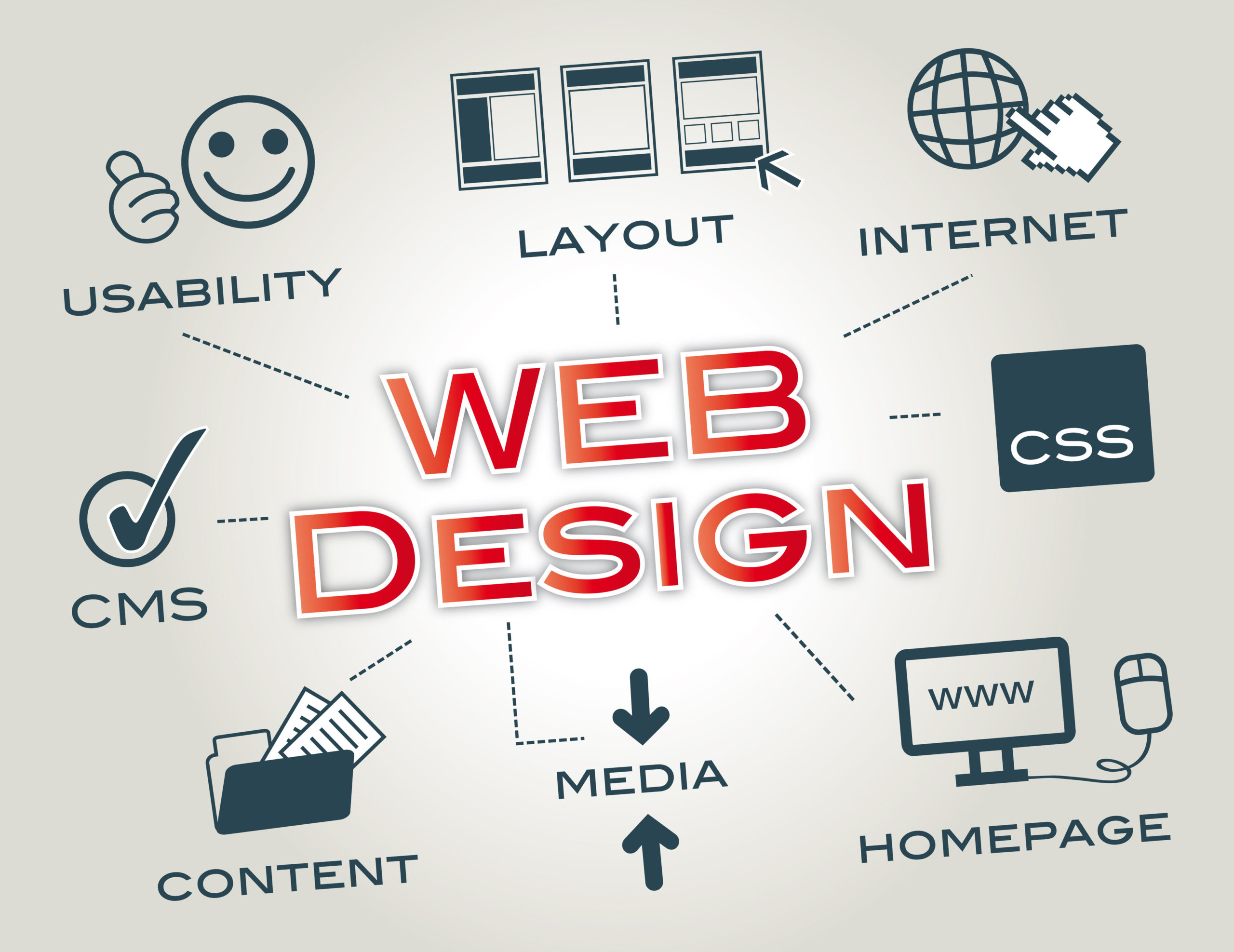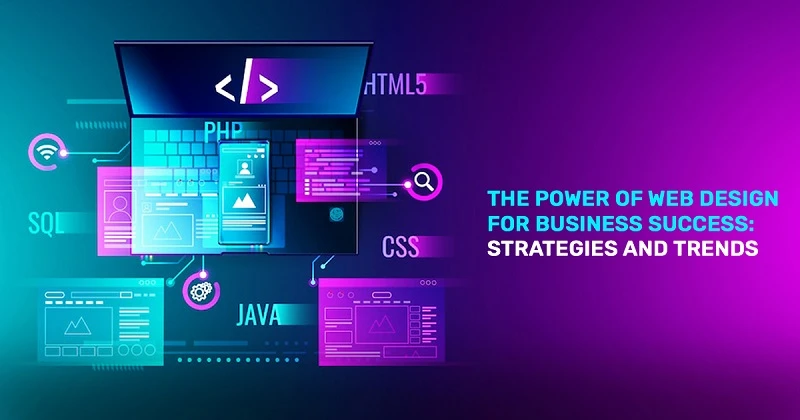Elevate Your Online Visibility With Spectacular Internet Style Tips and Trends
In today's electronic landscape, a compelling on the internet visibility is vital for organizations seeking to differentiate themselves from the competition. The interplay of visual allure, present design fads, and individual experience plays a crucial role in accomplishing this objective. By exploring aspects such as minimalism, vibrant typography, and vibrant color design, you can produce an interesting environment that resonates with visitors. The nuances of effective design prolong beyond aesthetic appeals; comprehending crucial strategies for optimization can dramatically influence your success. What specific trends and methods can raise your website to new elevations?
Significance of Visual Appeal
This figure highlights the vital duty that aesthetics play in individual involvement and retention. Effective aesthetic design encompasses aspects such as shade plans, format, imagery, and typography, all of which add to a natural and enticing individual experience.
Furthermore, a visually attractive website infuses a sense of trustworthiness and professionalism. Customers are most likely to rely on a site that looks sleek and well-structured, which can considerably affect conversion rates. Alternatively, a chaotic or unpleasant layout can result in high bounce rates, as individuals may regard the web site as untrustworthy or outdated.
Furthermore, the visual elements of an internet site can convey brand identity and worths (Web design). Consistent use of branding elements, such as logo designs and shade combinations, reinforces acknowledgment and promotes a deeper link with the target market. In verdict, focusing on aesthetic allure is vital for creating interesting, trustworthy, and brand-aligned online experiences that reverberate with individuals
Existing Style Patterns
Modern website design is constantly advancing, and remaining upgraded with current patterns is necessary for developing impactful on the internet experiences. One noticeable pattern is the rise of minimalism, characterized by clean lines, adequate white space, and a focus on essential components. This approach not only improves functionality however also enables material to take spotlight.
Furthermore, dark setting user interfaces have obtained popularity, offering individuals with an aesthetically striking choice while minimizing eye stress. This fad aligns well with individual preferences, supplying a contemporary aesthetic that is both stylish and practical.
One more noteworthy trend is the unification of bold typography. Developers are progressively making use of large, meaningful font styles to produce visual hierarchy and convey brand name messages effectively. Coupled with dynamic shade combinations, this pattern adds dynamism to websites.

Vital Style Aspects
Efficient website design rests on several essential style components that with each other develop a appealing and natural individual experience. The initial of these aspects is design, which determines just how material is arranged on the web page. A well-structured format not just enhances readability however likewise guides customers with the website flawlessly.
Shade plays a critical duty in layout, influencing feelings and brand understanding. An unified shade scheme can evoke certain feelings and establish a visual hierarchy, consequently drawing focus to essential components. Typography is essential; the selection of typefaces must align with the brand identity and make sure legibility across tools.
Imagery, including graphics and photos, includes visual passion and can connect messages rapidly. Top notch pictures appropriate to the content enhance the total visual and involvement. Furthermore, whitespace is commonly neglected yet is crucial for creating equilibrium. It assists protect against clutter, enabling customers to concentrate on the important elements without interruption.
Finally, consistency across all style elements reinforces brand identification and makes navigation instinctive. By diligently incorporating these essential style elements, web designers can create visually enticing and functional web sites that astound visitors and motivate communication.
Individual Experience Optimization
A seamless customer experience is crucial for keeping site visitors and driving conversions on an internet site. Maximizing customer experience (UX) includes recognizing your target market and tailoring style components to satisfy their needs efficiently. Secret parts of UX optimization include instinctive navigation, fast packing times, and clear calls to activity.
To improve navigating, ensure that menus are read here organized practically and available from any web page. Integrate breadcrumb trails to aid users conveniently backtrack, reducing frustration. Speed is another essential aspect; internet sites need to pack within 3 seconds to prevent individuals from abandoning the site. Make use of devices like photo compression and web browser caching to enhance load times.
In addition, your web site's design ought to focus on clarity. Usage clear fonts, contrasting colors, and whitespace to create a visually attractive layout that overviews individuals via web content effortlessly. Calls to activity must be plainly displayed, making use of actionable language that encourages customers to engage.
Mobile Responsiveness Approaches
Almost fifty percent of all internet traffic currently stems from smart phones, emphasizing the importance of carrying out robust mobile responsiveness approaches. To guarantee ideal customer experience throughout numerous screen dimensions, internet designers should welcome a fluid grid design that adapts perfectly to various tools. This technique permits material to rearrange and resize without jeopardizing capability or aesthetics.
Incorporating flexible images and media questions is important. Photos ought to automatically change their dimension according to the viewport, while media questions can discover device attributes and apply tailored CSS styles as necessary. This technique improves lots times and makes certain that customers have an aesthetically attractive experience.
In addition, focus on touch-friendly navigation elements. Buttons and web links ought to be quickly tappable, with appropriate spacing to avoid misclicks. Staying clear of hover-dependent interactions better improves use on touchscreens.
Finally, performing routine screening across numerous gadgets and web browsers is vital. Tools like Google's Mobile-Friendly Examination can help identify locations needing renovation. By embracing these mobile responsiveness strategies, organizations can boost user interaction, increase online search engine rankings, and inevitably drive conversions, therefore raising their on the internet presence efficiently.
Verdict
By focusing on visual allure via present layout trends and crucial aspects, companies can promote reliability and click to read interaction. Optimizing individual experience and guaranteeing mobile responsiveness are essential for helping with smooth communication across tools.

On the other hand, a unpleasant or messy style can lead to high bounce rates, as users may regard the site as unreliable or obsolete. - Web design
Efficient web style hinges on several necessary design aspects that navigate to this website with each other create a appealing and cohesive user experience. Optimizing customer experience (UX) includes comprehending your audience and tailoring layout components to satisfy their needs successfully.